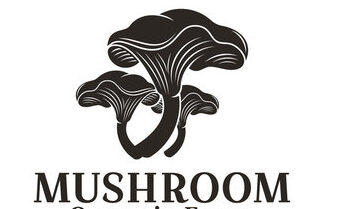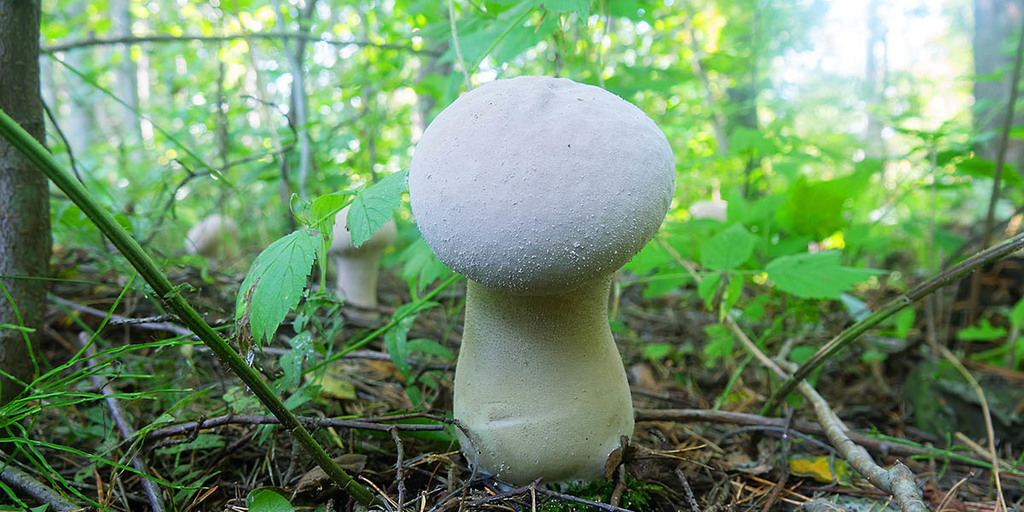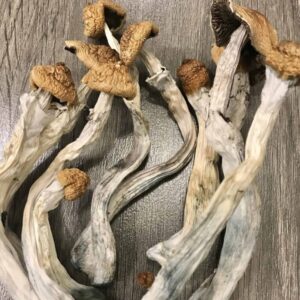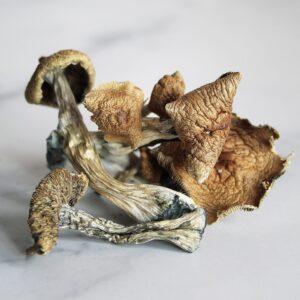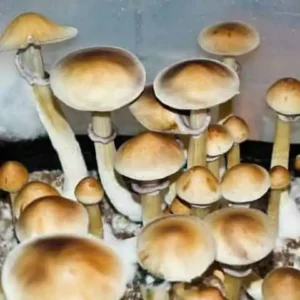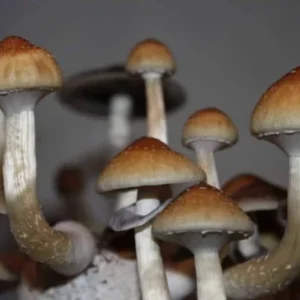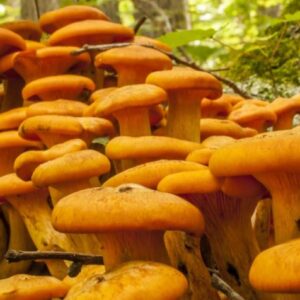Buy puffball mushroom UK
£150.00
puffball mushroom UK
are a fascinating group of fungi belonging to the family Lycoperdaceae. They are known for their unique appearance and are generally considered edible, making them popular among foragers in the puffball mushroom UK.
Characteristics of Puffball Mushrooms
- Appearance:
- Shape: Puffballs are typically round or pear-shaped, resembling small balls or eggs. They can range in size from a few centimeters to over 20 cm in diameter.
- Color: The exterior is usually white to cream when young, turning brown or gray as they mature. Some species have a slightly textured or smooth surface.
- Interior: When cut open, the interior of a young puffball is solid and white. As they mature, the interior turns yellowish or brown and eventually becomes a powdery mass of spores.
- Species: Common species of puffballs in the UK include:
- Common Puffball (Lycoperdon perlatum): Small, round, and covered in tiny spines or warts.
- Giant Puffball (Calvatia gigantea): Larger and often found in grassy areas; can reach impressive sizes.
- Earthballs (Scleroderma spp.): Similar in appearance but generally considered inedible and toxic.
Habitat
Puffball mushrooms can be found in a variety of habitats, including:
- Grasslands: Often found in meadows and fields.
- Forests: Commonly grow in deciduous and mixed woodlands, particularly in areas with rich organic matter.
- Gardens and Lawns: They can also appear in cultivated areas.
Puffballs typically fruit from late summer to autumn, depending on the species and environmental conditions.
Culinary Uses
Puffball mushrooms are generally considered edible and can be used in various culinary applications:
- Sautéed: Cooked in butter or oil, often with garlic and herbs, to enhance their flavor.
- Soups and Stews: Added to soups or stews for texture and flavor.
- Stir-fries: Included in vegetable stir-fries for added bulk and nutritional value.
Nutritional Value
Puffball mushrooms are low in calories and provide several health benefits:
- Vitamins and Minerals: They are a source of B vitamins and minerals like potassium, phosphorus, and selenium.
- Dietary Fiber: Puffballs contain fiber, which supports digestive health.
Foraging for Puffball Mushrooms
If you’re interested in foraging for puffball mushrooms in the UK, consider the following tips:
- Identification: Proper identification is crucial. Ensure that the puffball is completely white or cream inside when cut open. Avoid any that show signs of spore release (dark interior) or resemble earthballs, which are toxic.
- Sustainable Foraging: Harvest responsibly by taking only what you need and leaving some behind to ensure future growth.
- Season: Puffballs are typically found from late summer to autumn.
Cooking Tips
- Cleaning: Clean puffballs gently with a brush or damp cloth to remove dirt.
- Cooking Methods: They can be sautéed, grilled, or added to various dishes. Young puffballs are the best for eating, as they are firm and flavorful.
Safety Considerations
- Foraging Risks: Always be cautious when foraging wild mushrooms. If you are unsure about the identification, consult a local expert or mycologist.
- Culinary Preparation: Ensure puffballs are cooked before consumption, as some individuals may experience digestive discomfort.
puffball mushrooms UK
Puffball mushrooms are a delightful addition to the culinary world, known for their unique texture and flavor. Whether foraged from the wild or found in markets, they offer a rich gastronomic experience. Proper identification and sustainable foraging practices are essential for safely enjoying these fascinating fungi.
